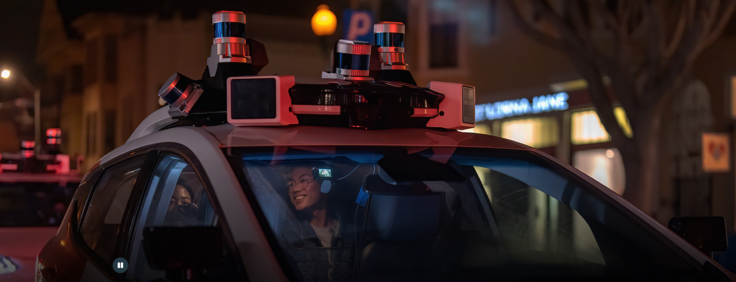
Before the end of 2022, Cruise, a subsidiary of General Motors, will introduce a robotaxi service in Phoenix, Arizona, and Austin, Texas.
Here's what you need to know.
A New Autonomous Vehicle Service in Texas and Arizona
Cruise CEO and co-founder Kyle Vogt said during a speech at Goldman Sachs's Communacopia and Technology Conference on Sept 12 that while the company's robotaxi services will initially be small scale, it will be driverless. In other words, a human safety operator will not be behind the wheel.
It is worth noting that there are levels of self-driving cars, and fully driverless cars are also known as Level 4 autonomous vehicles.
Although Cruise's services would initially be offered on a small scale, Vogt noted that operations will eventually increase by next year. The CEO also mentioned the possibility of early free rides with the intention of "charging for the service shortly after," according to a report by TechCrunch.
Phoenix's streets have previously been mapped out and driven by Cruise. However, Austin is a different case. The company is entering Austin for the first time, therefore, Cruise hasn't mapped the area yet, and doesn't even have any infrastructure or operations in the city.
Cruise currently offers a range of services in San Francisco between 10 p.m. and 5:30 a.m.
Other Autonomous Vehicle Services Available in Austin and Phoenix
Austin and Phoenix are two hot spots for autonomous vehicle development. Recently, Waymo has ventured to the downtown area of Phoenix after years of operation in the suburbs. In the next months, it also intends to introduce a paid service in San Francisco and the nearby cities.
According to a report from The Verge, Ford and VW Group-backed Argo AI is now doing testing and has commercial partner pilots underway in Austin.
Ramping Up of Origin's Production
Aside from scaling up the company's robotaxi services, Vogt added that Cruise and GM would begin stepping up production of the Origin in order to meet demand in new markets.
"There's gonna be thousands of AVs rolling out of the General Motors plant, including the first Origins. We'll be using those to light up many more markets and to start to generate meaningful revenue in those markets."
Currently, cameras, radars, and lidars are installed in Chevy Bolt electric vehicles that make up Cruise's fleet.
Market Forecast
By 2025, Vogt estimated that Cruise would bring in up to $1 billion annually. The company's expenses hit $550 million, up from $332 million in the same quarter last year. Meanwhile, its operational costs now total to $605 million.
However, the executive claimed that Cruise had a plan to manage costs as it expands. For instance, the company has created robots to clean and charge its autonomous vehicles. In addition, Cruise has been developing specialized chips that can lower system costs and power consumption.









